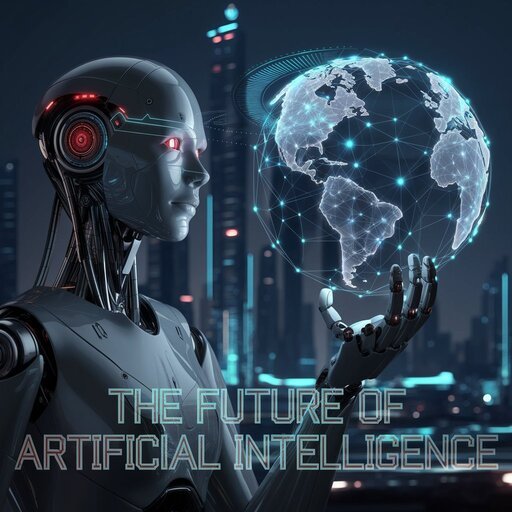
Lisp (short for “LISt Processing”) is one of the oldest and most influential programming languages, created by John McCarthy in 1958. Originally designed for artificial intelligence (AI) research, Lisp introduced many concepts that are now standard in modern programming, such as automatic garbage collection, recursion, dynamic typing, and the idea of code-as-data (homoiconicity)
Simple and Uniform Syntax
Lisp is famous for its use of S-expressions (symbolic expressions), where both code and data are represented as parenthesized lists. This uniform syntax makes parsing and manipulating code straightforward
Prefix Notation
Operations in Lisp use prefix notation, meaning the operator comes before its operands. For example, adding two numbers looks like this:
(+ 1 2)
More detailed note on PDF

GPS conceptualized problems as state-space graphs, where nodes represent problem states (e.g., logic expressions, game configurations), and edges denote permissible transitions via operators. For example, in theorem proving, states could be logical formulas, and operators might include inference rules like modus ponens
The algorithm operated through iterative means-ends analysis, a four-step process
This approach mirrored human problem-solving strategies, as observed in protocol analyses of subjects tackling logic puzzles
DFS is a graph traversal algorithm that explores as far as possible along each branch before backtracking[1]. It employs a last-in-first-out (LIFO) stack or recursion to prioritize deep exploration over breadth. The algorithm categorizes nodes as “visited” or “unvisited,” systematically marking each node to avoid cycles[1].
def dfs(graph, start):
visited = set()
stack = [start]
while stack:
vertex = stack.pop()
if vertex not in visited:
visited.add(vertex)
stack.extend(reversed(graph[vertex]))
return visited
More detailed note on PDF
| Algorithm | Optimality | Completeness | Space | Use Cases |
|---|---|---|---|---|
| DFS | No | No (cyclic) | O(V) | Maze solving, cycle detection |
| BFS | Yes (unweighted) | Yes | O(V) | Shortest paths, web crawling |
| A* | Yes (admissible h) | Yes | O(V) | Robotics, pathfinding |
| Hill Climbing | Local optima | No | O(1) | Parameter optimization |
| Min-Max | Optimal (depth) | Yes | O(d) | Game theory, adversarial AI |
Symbolic mathematics and rule-based systems form the bedrock of classical artificial intelligence, enabling machines to perform logical reasoning and algebraic manipulations with human-like precision. These approaches, rooted in philosophical traditions of formal logic and mathematical reasoning, have evolved from early expert systems to modern hybrid architectures combining symbolic rigor with neural network adaptability. By encoding domain knowledge through structured rules and symbolic representations, these systems power applications ranging from medical diagnosis to automated theorem proving while maintaining interpretability—a critical advantage in high-stakes decision-making environments.
Symbolic mathematics, distinct from numerical computation, manipulates mathematical expressions as abstract symbols rather than approximate numerical values. A computer algebra system (CAS) like Mathematica or Maple implements algorithms for:
Watson’s DeepQA architecture hybridizes:

Knowledge representation in AI involves structuring information so machines can reason and make decisions effectively. Key methods include rules, predicate logic, frames, and scripts, each offering unique strengths for organizing and manipulating knowledge.
Rule-based systems use IF-THEN statements to encode conditional relationships. For example:
IF temperature > 100 THEN diagnose(fever)
This first-order logic extension represents objects and their relationships using predicates, quantifiers, and variables.
| Element | Description |
|---|---|
| Roles | Participants (e.g., waiter, customer) |
| Props | Objects involved (e.g., menu, food) |
| Scenes | Ordered events (enter → order → eat) |
| Action Symbols | PTRANS (movement), MTRANS (communication) |
Artificial Intelligence (AI) encompasses various techniques inspired by nature and human reasoning to solve complex problems. Among these, Neural Networks, Genetic Algorithms, and Fuzzy Logic stand out as foundational approaches that mimic brain function, evolutionary processes, and human decision-making, respectively. This blog introduces these three concepts at an accessible level, highlighting their principles and applications in AI.
Neural networks are computational models inspired by the human brain’s network of neurons. They consist of interconnected nodes (neurons) organized in layers: input, hidden, and output layers. Each connection has a weight that adjusts as the network learns from data.
| Technique | Inspiration | Key Feature | Typical Use Cases |
|---|---|---|---|
| Neural Networks | Human brain | Learning from data patterns | Image/speech recognition, NLP |
| Genetic Algorithms | Natural evolution | Optimization via selection and variation | Scheduling, design optimization |
| Fuzzy Logic | Human reasoning | Handling uncertainty with degrees of truth | Control systems, decision-making |






Ghulam Ahmad is an Excellent Writer, His magical words added value in growth of our life. Highly Recommended
- Irfan Ahmad Tweet
2 Responses